Here are some of the imperative killer whale facts for kids including killer whales diet, habitat, vocalisations, behavior, reproduction, widespread range and distribution. The killer whale (Orcinus orca) is also known as orca or orca whale, and rarely referred to as blackfish. The whale is a toothed whale and it belongs to the oceanic dolphin family.
These whales are known to survive in almost all the major oceans including Arctic, Antarctic and other tropical regions. They have a greater variation in their diets, even though individual populations usually specialize in specific types of prey. There are few species that largely feed on fish, while others prey on several marine mammals including seals, walruses, sea lions, and other whale species. Killer whales are termed as apex predators, lacking normal predators.
Killer whales are highly regarded as social mammals and some species are consists of matrilineal groups which are by far the most steady animals species. Some of their attributes including their vocalizations and hunting methods are often described as manifestations of culture.
According to the IUCN, some of the orca species are termed as endangered or threatened due to the habitat loss, excessive pollution and prey depletion. Some other causes include conflicts with fisheries or capturing marine mammals.
Back in 2005, killer whales inhabiting in the southern part of the British Columbia and Washington waters were listed as U.S. Endangered Species. They are not believed to be a threat for humans, despite the fact that there have been cases in the past regarding human injury caused by killer whales.
Read More: Blue Whale Facts For Kids

Killer Whale Facts For Kids
- In general, killer whales are characterized by black back, with white chest and sides, along with a white area above the behind the eye.
- The juveniles are yellowish-orange in color which, as they mature, turned out to be white.
- They have a strong carcass together with a large dorsal fin that measures around 2 metres (6.6 feet) by height.
- There is a dark grey ‘saddle patch’ behind across the back.
- Killer whales living in Antarctic region have generally pale grey to almost white backs.
- The adult whales are too distinctive to be confused with other marine mammals. However, juveniles when seen from far apart, are confused with Risso’s dolphin and false killer whale.
- They have robust teeth and covered in enamel.
- Killer whales have powerful jaws.
- The length of the killer whale males measure around 6 – 8 metres (20 – 26 feet).
- The males weigh around 6 tonnes (5.9 long tonnes; 6.6 short tons).
- Females are relatively smaller in size with the length measuring at 5 – 7 metres (16 – 23 feet). They have weight of 3 – 4 tonnes (3.0 – 3.9 long tons; 3.9 – 4.4 short tons).
- The largest male killer whale recorded at 9.8 metres (32 feet), with the weight measuring at 10 tonnes (9.8 long tons; 11 short tons).
- The largest female killer recorded at 8.5 metres (28 feet), along with the weight of 7.5 tonnes (7.4 long tons; 8.3 short tons).
- The weight of the calves measure around 180 kg (400 lb), with the length measuring at 2.4 metres (7.9 feet).
- These whales are one of the fastest marine mammals, with the speed of about 30 knots (56 km/h).
- The killer whale skeleton is a strong and is a usual delphind.
- They have large curved pectoral fins, similar to those of paddles. Males have considerably greater pectoral fins in comparison to the females.
- The dorsal fins of male measures around 1.8 metres (5.9 feet) which is twice the size of the female’s and is rather more triangular shape.
- The males and females have distinctive patterns on their genital areas.
- The killer whales are often by recognized by their dorsal fins as well as saddle patch. The discrepancies among the dorsal fins, scratches and nicks along with white-grey pattern are unique.
- White Killer whales are known to reside occasionally in regions where normal killer whales are present possibly to avoid any conflict.
- They have great visionary sense both above and below the water. Killer whales also have an excellent sense of hearing and touch. They have remarkable abilities of echolocation, identifying the exact location of their prey by discharging ticks for echoes.
- These whales are best known for their complex societies.
- Killer whales primarily rely on underwater sound for direction, communication and feeding. They generate ticks, pulsed calls, and whistling sounds. The ticks are employed for navigation and separating the prey from the surrounding environments. They are also employed for social interaction.
- Transients are normally silent hunters as they don’t want to disturb their mammalian prey.
- They have the second heaviest brains among marine mammals.
- These whales are regarded as one of the most intelligent marine mammals. For the same reason they can trained in captivity.
- The killer whale’s use of dialects and the passing of other learned behaviors from generation to generation have been described as a form of culture.
Read More:
Amazing Orca Facts For Kids | Types of Killer Whales
These whales are classified into three to five species that may be different enough to be regarded as diverse races or probably dissimilar species.
Resident: Resident killer whales are mostly visible in the coastal waters of the Northeast Pacific. Whales living in this region predominantly rely on fish, although occasionally on squid for their daily consumption.
These mammals are also known to reside in complex families or groups known as pods. Female residents have typically curved dorsal fins that stop in the pointed corner. They stay in the same regions steadily.
Killer whales in Washington and British Columbia are the most researched marine mammals. According to the study, there have been more than 300 killer whale species identified over the past 30 years or so.
Read More: Humpback Whale Facts For Kids
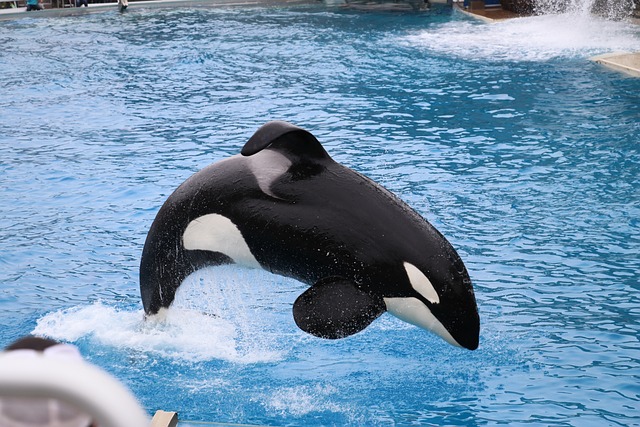
Transient: These whales primarily feed on marine mammals and, unlike resident whales; they do not prey on fish. In general, transients are known to travel in trivial groups comprising two to six individuals and have less enduring family bonds as compared to residents.
Unlike residents, transients have less complex dialects and vocalizations. Females are recognized by triangular and sharp dorsal fins in comparison to the residents. There is a ‘saddle patch’ surrounding the grey and white region, regularly consists of black coloring in residents.
The saddle patches of transients are considered to be hard and evenly grey. These species wander around extensively as they are sighted across California and Alaska.
Read More: Right Whale Facts
Offshore: Back in 1988, a third population of killer whales had been discovered in the northeast Pacific. This had been observed by the researcher of humpback whales in open water.
As the name indicates, they are known to travel widely far from the shores and predominantly feed on schooling fish. They are also believed to hunt sharks and other marine mammals.
The majority of encounters occur in the Queen Charlotte Islands and Vancouver Islands. Offshores are believed to travel in large groups comprising 20 to 75 individuals, with occasionally reaching 200 individuals.
At present, not very much known about their habits but they are usually different than transients and residents. Apparently the size of these whales is considered to be smaller.
Although transients and offshores reside in the same regions, they generally avoid each other. The transients are believed to outcast from the greater resident pods.
Later, conservationists discovered that transients did not emerge from the resident pods. This kind of evolutionary split began some 2 million years ago.
Some other killer whale species have not been studied, although recognition of some fish-eating killer whales and mammals has been discriminated elsewhere. Discrete population has also been discovered around United Kingdom with fish-eating whales mainly resides in Norway and Alaska while mammal-eating inhabits in Crozet Islands and Argentine.
Read More: Sperm Whale Facts
Killer Whale Lifecycle | Facts About Killer Whales
- Female killer whales become mature at 15 years of age. There then starts polyestrous cycling periods along with the non-cycling periods ranging between 3 – 16 months.
- The period of gestation lasts for about 15 – 18 months.
- Winter is the most frequent season of giving birth, however in resident pods, birth takes place any time in a year.
- Most of the killer whales die in their first 6 – 7 months, with the death rate of 37 – 50%.
- The weaning starts after 1 year and completes when it reaches 2 years of age.
- Both males and females contribute towards nourishing their young ones.
- Killer whales are distinctive among cetaceans, since their heads turn out to be shorter as they age.
- Females stop breeding after 40 years of age which means that they raise 5 offspring.
- Female killer whales survive up to 50 years in the wild, with the maximum age recorded at 80 to 90 years.
- Males become mature at the age of 15 however, they do not generally reproduce until the age 21.
- Males in the wild can survive up to 29 years, with the maximum age of 50 – 60 years.
Read More: Fin Whale Facts
Distribution and Habitat
Killer whales are known to reside in almost all the oceans and sea waters. Because of their enormous range and distribution, estimates are not easy to compare but they obviously prefer higher latitudes and coastal regions over pelagic environments.
According to the systematic surveys, the highest densities of killer whales is (>0.40 individuals per 100 km²) in the north Pacific next to the Aleutian Islands, in northeast Atlantic around the Norwegian coast, Gulf of Alaska, most of the Southern Ocean and in the Antarctic coast. They are regarded as ‘common’ in the eastern Pacific next to the British Columbia coasts, coasts of Oregon, Washington, around Faroe Islands and Iceland in the North Atlantic Ocean.
Some of the greater concentrations were also recorded at the western North Pacific about the Sea of Okhotsk, Kamchatka, Sea of Japan, Kuril Islands, Commander Islands, Southern Hemisphere of the coasts of South Africa, Southern Brazil, off coasts of Patagonia and the tip of Southern Africa.
They are also reported as common in the Baffin Bay, Greenland, Nunavut, and Canadian Arctic, around Macquarie Island and Tasmania. Information for offshore areas and tropical waters is sparser, but prevalent, if not usual, findings signifies the killer whale can live in water temperatures mostly. These mammals have also been found in the Indian Ocean, Gulf of Mexico, Arabian Sea, and the Mediterranean.
Probably the largest concentration of killer whales is found in Antarctic waters, where they mostly reside at the ledge of the pack ice and are thought to undertake denser pack ice, searching wide leads similar to the beluga whales in the Arctic region.
Read More: Bowhead Whale Facts
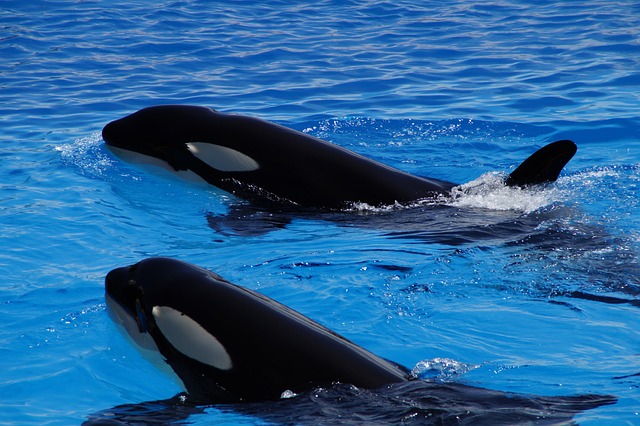
Scientists aren’t sure about the migration routes. Each summer, the same species seemingly appear off the coasts of British Columbia and Washington. Resident whales are known to travel as much distance as 160 km (100 miles) within 24 hours, and may be observed in a general area for 30 days or so.
There is a considerable variation of around 320 – 1,300 km (200 – 810 miles). These whale species rarely swim into freshwaters. They have been observed 160 km (100 miles) up the Columbia River, with some individuals are also found in Horikawa River in japan and in Canada, the Fraser River.
The exact killer whale population is not known; however according to the recent consensus, there are at least 50,000 individuals wordwide. There more than 25,000 whales in Antarctic, 2,250 – 2,700 off the cooler northeast Pacific, in Norway the numbers are 500 – 1,500, in tropical Pacific the population is 8,500 and in waters around Japan, there are 2,321 individuals.
Read More: Beluga Whale Facts
Diet
Killer whales have a versatile diet with some species rely exclusively on fish as compared to others. These whales inhabiting in Greenland and Norwegian sea where they specifically prey on fish. Other food sources include seals.
The bulk of the diet is composed of salmon with the percentage of about 95%. This is particularly true for those living in the Pacific resident. More than 65% is composed of fatty Chinook. Killer whales are also known to eat Chum salmon and pink salmon and smaller sockeye.
Read More: Do Killer Whales Eat Polar Bears?
On an average, the killer whale consumes 227 kg (500 lb) each day. There are few whales that prey on sharks or large whales which is why they are termed as apex predators. They are also referred to as wolves of the sea as they hunt in groups.
Read More: What Do Killer Whales Eat
Fish, Reptiles and Invertebrates
Killer whales that primarily rely on fish, tend to prey 30 fish species, salmon, herring, and tuna in particular. Killer whales living in New Zealand are very fond of eating rays although they have also been observed to take on larger sharks including smooth hammerheads, makos and threshers. Some other foods are turtles and squid.
Those killer whales that primarily hunt salmon in small groups are found to prey on herring more often. These whales employ a technical method called carousel feeding in which they compel herring in tight ball by discharging series of bubbles like bottlenose dolphins. They then consume 10 – 15 fish in a single attempt by doing so.
Read More: Do Killer Whales Eat People?
These species stimulate toxic immobility in rays and sharks by holding them upturned. Sharks die due to suffocation within 10 – 15 minutes. Their diet consists of gray whales, sperm whales, and minke whales. It takes quite a few hours to hunt whales. Mostly young whales are taken.
Killer whale prey on several other mammals such as fur seal, seal, sea lion, sea otters, and walruses. These whales disable their prey to avoid any expected injury. They also hunt southern elephant seals especially in Crozet Islands and Peninsula Valdes.
Other prey include leopard seals, crabeater seals, and weddell seals. The terrestrial animals also become the frequent prey of these whales such as deer and moose that are known to swim between islands off the northwest coast of North America. Birds such as penguins gulls, and cormorants are also caught by the killer whales.

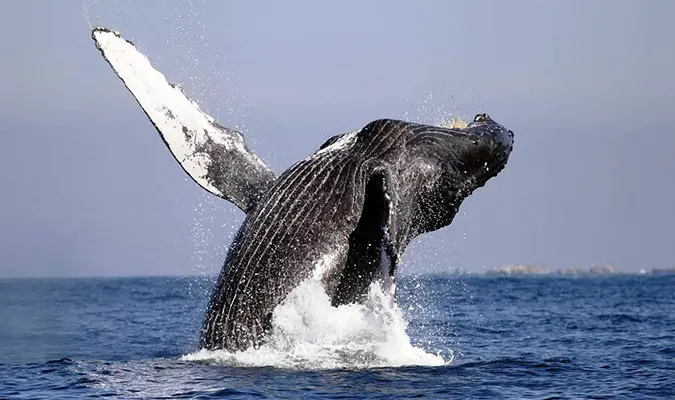
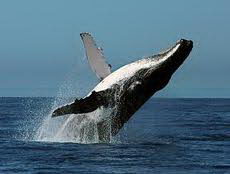
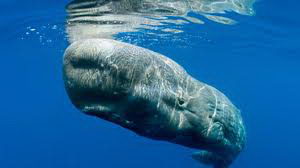
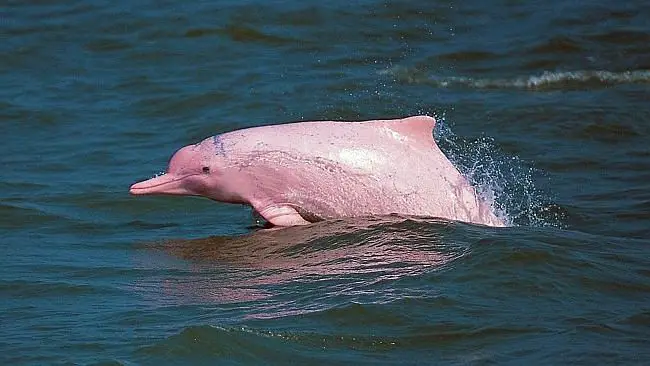

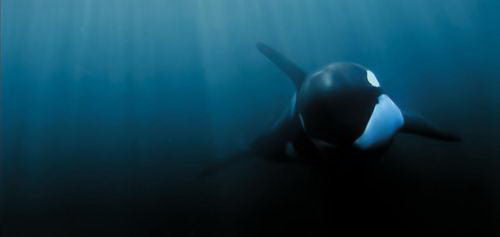
cool
hey can i get a diagram of their lifecycle